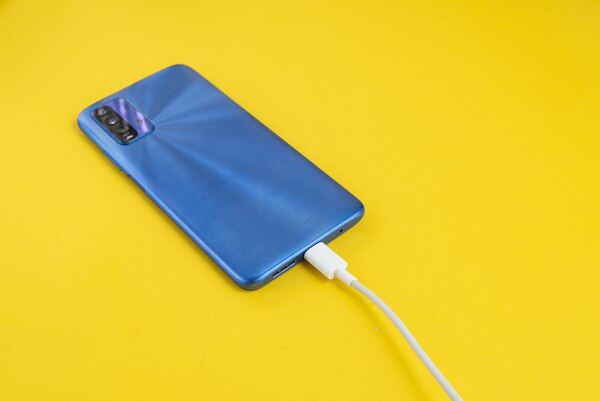The Art of Staying Connected: Exploring Mobile Recharge in Modern Art

In today's fast-paced digital age, the concept of connectivity has transcended its basic definition. It's no longer just about phones and networks—it's about staying in touch with the world, with creativity, and with innovative forms of expression. One of the fascinating intersections of this idea can be seen in modern art, where the mundane act of mobile recharge is being reimagined as a powerful metaphor and thematic element.
Art has always been a mirror reflecting society's evolving paradigms, and the realm of modern art is no different. From street murals to high-tech installations, artists are continually exploring and challenging the status quo. The inclusion of mobile recharge in artistic themes and imagery is an intriguing development, reflecting the pervasive presence of mobile technology in contemporary life.
At its core, mobile recharge represents a replenishment of energy, a rebirth of communication potential, and a momentary pause leading to renewed activity. For many, it's a routine task, easily overlooked. Yet, when placed into the context of modern art, it acquires a new dimension of meaning. Artists are harnessing this everyday act to comment on broader themes such as connectivity, dependency, and even socioeconomic disparity.
Consider, for example, a public art installation where used SIM cards and mobile recharge slips are incorporated into a mosaic. This not only highlights the transportability of modern communication but also reflects on the transient nature of our digital connections. The physical remnants of these tools remind us of the fleeting moments of interaction and the impermanent nature of our modern lives.
Moreover, digital art is uniquely situated to explore the concept of mobile recharge in new and engaging ways. Virtual reality (VR) experiences, for example, can simulate the flow of data and the process of recharging, immersing viewers in a sensory journey that symbolizes the energy transfer from power source to device—and by extension, from art to audience.
This exploration also opens the door to discussions about digital equity. Who has access to mobile recharge facilities and who does not? This question becomes a focal point in works aimed at highlighting the digital divide. In many parts of the world, the ability to recharge a mobile device is not universal, underscoring disparities that impact communication, education, and economic opportunities.
The notion of mobile recharge as a unifying thread in modern art also speaks to the globalized world we live in. Artists from diverse cultural backgrounds are tapping into this concept to convey shared human experiences, from the busy streets of Mumbai to the bustling metro stations of Tokyo. It’s a universal act that transcends language and culture, yet deeply personal, reflecting individual routines and rhythms.
Furthermore, the conversation around sustainability finds its way into this artistic exploration. The electronic waste generated by mobile devices and recharge accessories offers a tangible material for art that comments on environmental concerns. By repurposing discarded tech, artists not only make a statement about consumption but also take part in the solution by creating thought-provoking, sustainable art.
In conclusion, the integration of mobile recharge into modern art offers a rich tapestry of themes and questions that invite viewers to reflect on their own connectivity. Through this lens, we see that the simple act of recharging a mobile phone has profound implications and resonates deeply with the human experience in a digital world. By engaging with this theme, artists are not just depicting technology; they are delving into the heart of what it means to stay connected in an ever-evolving landscape.